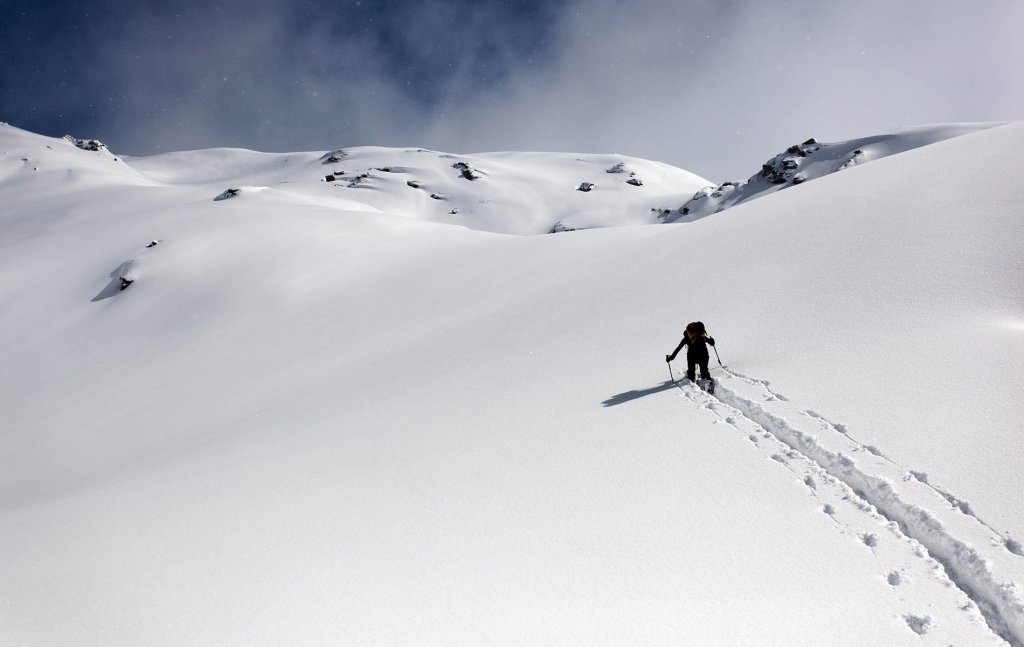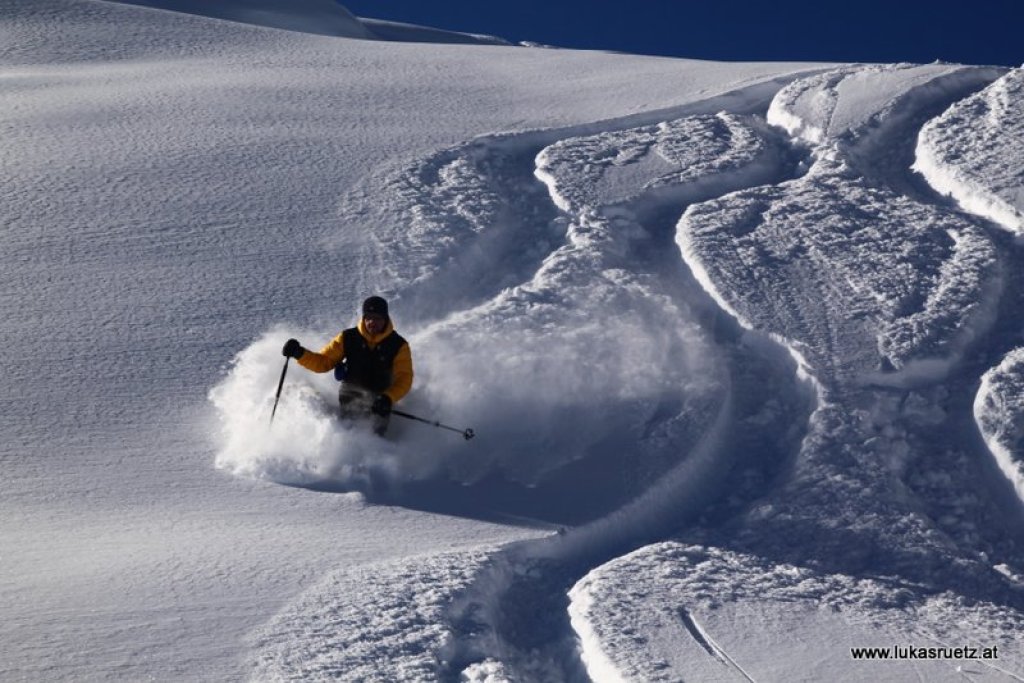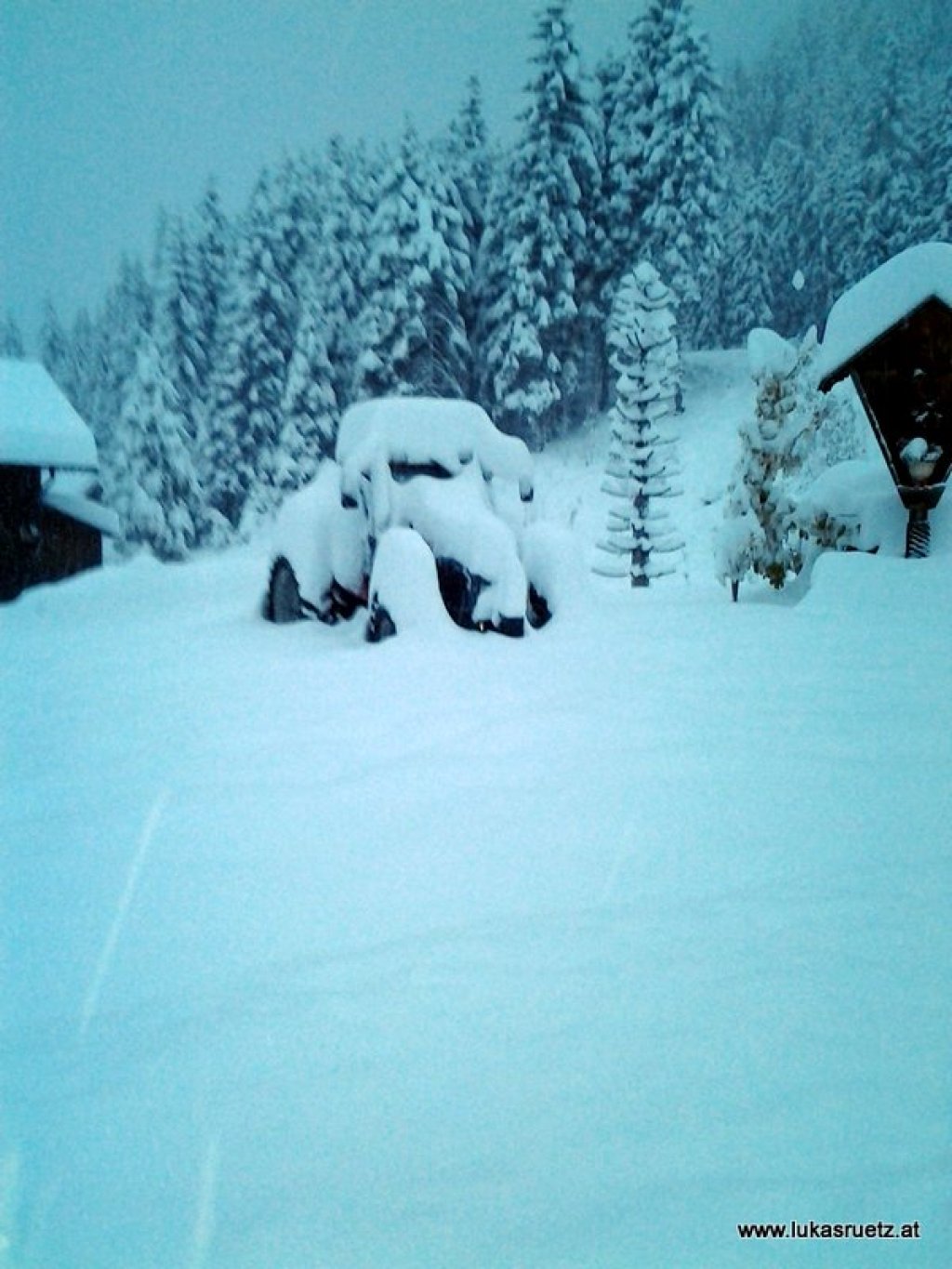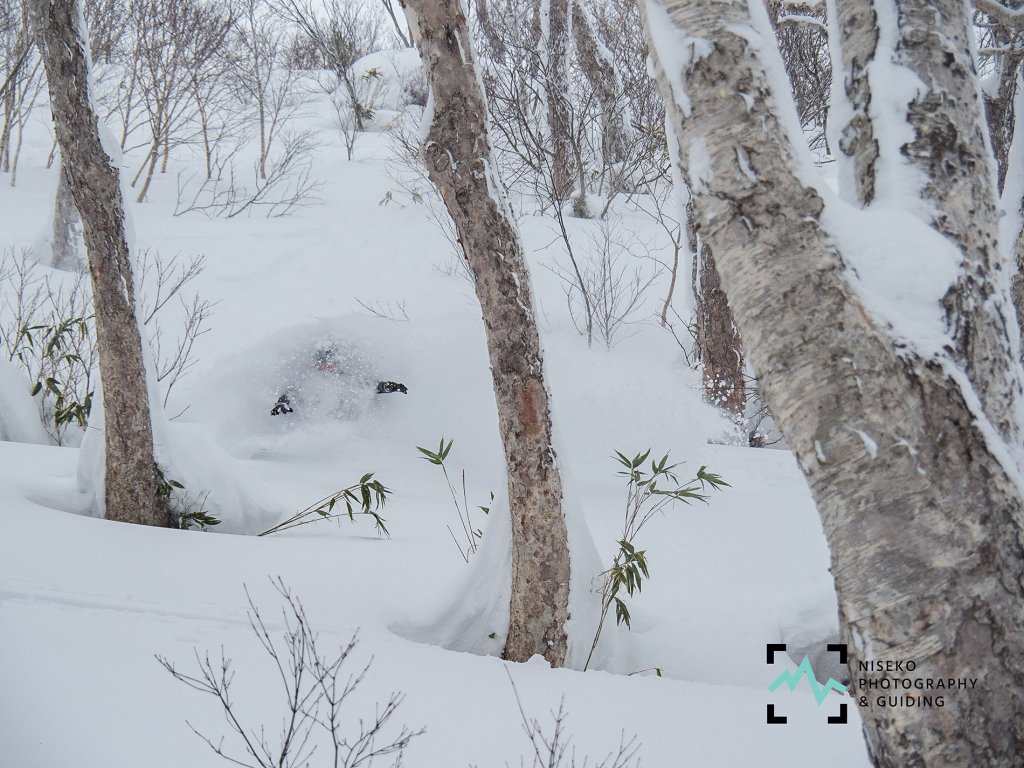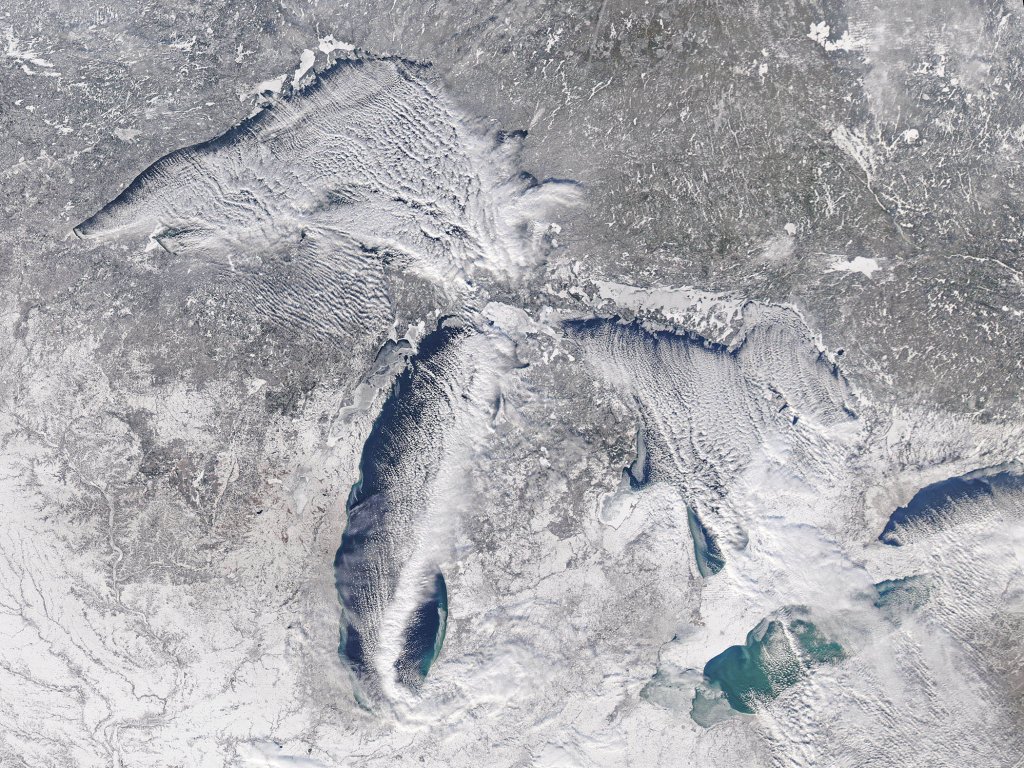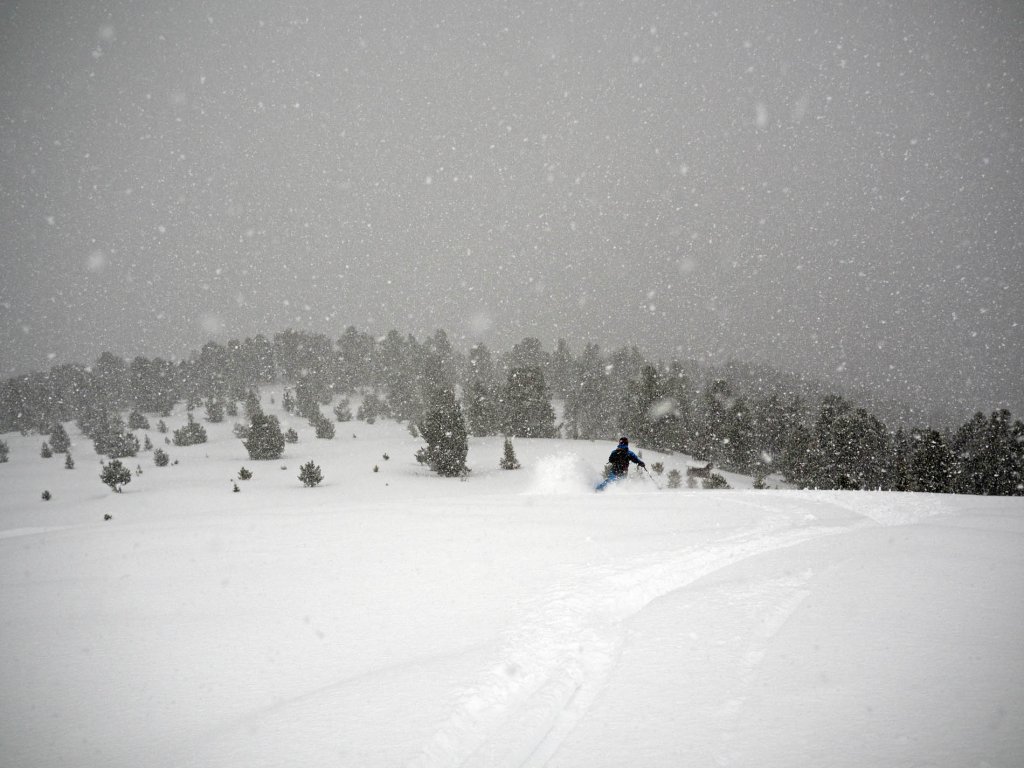New snow increases the risk of avalanches. For winter sports enthusiasts and natives of Alpine mountain villages, this sentence could almost be classified as common sense. If there is such a thing as common sense at all - because people are a classic tabula rasa when it comes to snow and avalanches: if you ask more precisely why it is more dangerous with (a lot of) fresh snow than with a lot of old snow, common sense is often not so far off. "A lot of snow is simply always more dangerous than a little snow," is a fundamentally wrong train of thought that is still frequently observed. Proof of the blank slate that is man when it comes to crystal-shaped ice...
SnowFlurry 5 2017/18 | Why fresh snow increases the risk of avalanches
Parts of the Alps sink into (new) snow
Wind
In high winter, precipitation usually comes from fronts and accumulation, the convective part of the precipitation is low. Fronts and accumulating precipitation bring wind and increase the risk of avalanches simply due to the formation of a drifting snow problem during the new snowfall.
Decisive: The additional load & temperature fluctuations
Extreme amounts of new snow over several days or even weeks also only occur due to a combination of fronts and accumulation effects. A cold front is followed by a warm front, then the next disturbance, and so on. Especially for the areas north of the main ridge, the Atlantic, humid westerly weather conditions are responsible for this, as was the case a week ago. For fresh snow masses south of the main ridge, a low pressure complex in the western Mediterranean is needed, as we are seeing this week.
The fresh snow pack has different layers, mainly due to the constant ups and downs of the temperature when changing from one front to the next and their influence on the snow crystals. Just as there are different layers in an old snowpack.
An example: The cold front initially deposits cold, loose fresh snow crystals. The wind speed then increases and harder snow packs form on these new snow crystals. This is followed by the warm front, which drops large, moist flakes from the sky. A bound, moist layer of snow is deposited on fresh drift snow, both together form the snow slab - this lies on cold, loose fresh snow, a so-called weak layer. A tasty recipe for a slab avalanche! And all of this without a build-up transformation and therefore without the problem of old snow!
Large amounts of fresh snow: a problem even without wind
The fluctuation in temperature causes problem areas to form within the fresh snow even without wind. The critical amount of fresh snow is reached at 50 cm at the latest, even under favorable conditions. There is a simple reason for this: There are always layers of loose crystals somewhere in the fresh snow pack of a prolonged heavy snowfall. Above this there is often a somewhat denser layer of fresh snow that has fallen at a higher temperature, is therefore bound in a very short time and can form a snow slab. This can usually be found in the aforementioned sequence of a cold front followed by a warm front.
However, a homogeneous new snow pack can also become a problem: Due to irradiation or rising air temperatures, the fresh snow begins to bind to the surface and compact faster than the fresh snow deeper in the fresh snow pack. It is therefore very common for fresh snow to become more dangerous in the short term after the end of the snowfall than when it is completely fresh. The upper areas of the new snow begin to form the snow slab due to the consolidation, while deeper areas remain loose and unbound for a little longer.
Main problem: Loading of weak layers in old snow
The main problem of extreme precipitation events, however, is the abrupt loading of already existing weak layers in old snow. With 1m of fresh snow, for example, approx. 100kg/m² more load is placed on the existing snow cover, and this in a relatively short time. The weak layers in the old snow may not be able to withstand this additional load. However, if it snows 1m of fresh snow in three weeks, the weak layers have time to "adapt" to this snowfall by snowfall.
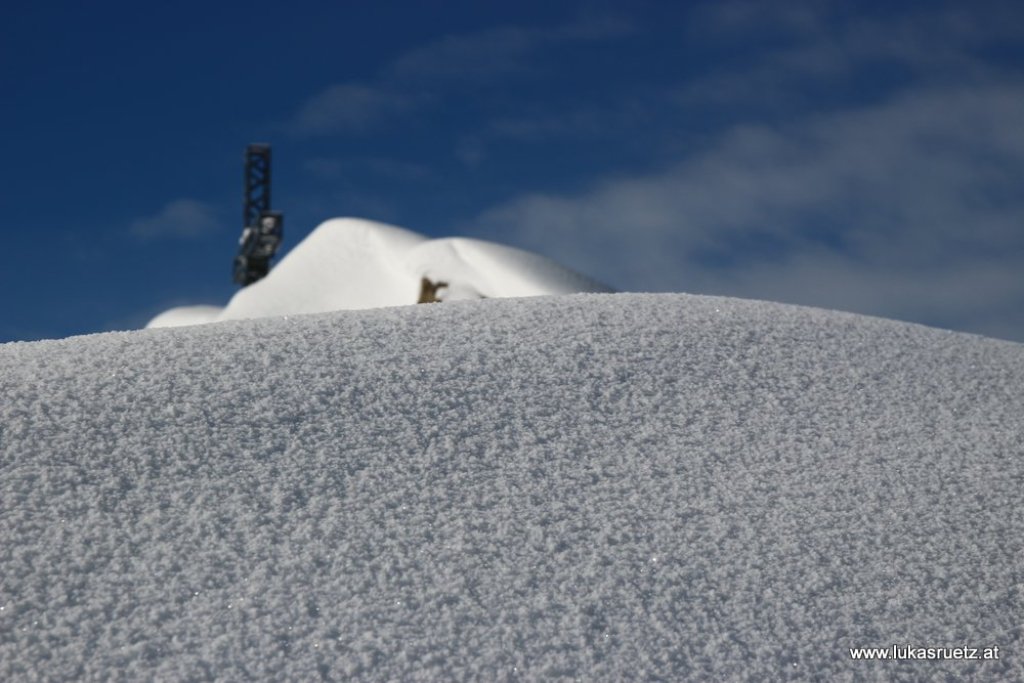
Loose powder snow serves as a weak layer when snowed in.
Rapid hazard reduction
Large amounts of fresh snow settle particularly quickly, mainly due to its own pressure. In addition, fresh snow, which acts as a weak layer, decomposes much faster with a low temperature gradient than is the case with floating snow. In the avalanche disaster in Galtür in 1999 with 38 fatalities, danger level 2 - moderate - prevailed again a few days after the accident.
Long-term: Lots of fresh snow forms a homogeneous, more stable old snowpack
Heavy new snowfalls later form a very homogeneous area in the snowpack. They clear out already very weakly consolidated areas in the terrain with avalanches and form a thick layer in those areas where existing weak layers have not yet broken due to the new snow load. As a result, these weak layers can no longer be disturbed so easily.
The constructive transformation, especially in layers close to the ground, is slowed down by the greatly reduced temperature gradient due to the increasing snow depth. In addition, the degrading transformation of already existing weak layers is promoted by the additional pressure. And as macabre as it may sound, the catastrophic avalanches that cause damage during periods of intense snowfall mean that research and investment in avalanche protection continues.
Heavy new snowfalls are problematic in the short term, positive in the long term and our tabula rasa now also shows why.
Note: Lots of new snow is dangerous in the short term, a thick layer of old snow is less dangerous in the long term.
.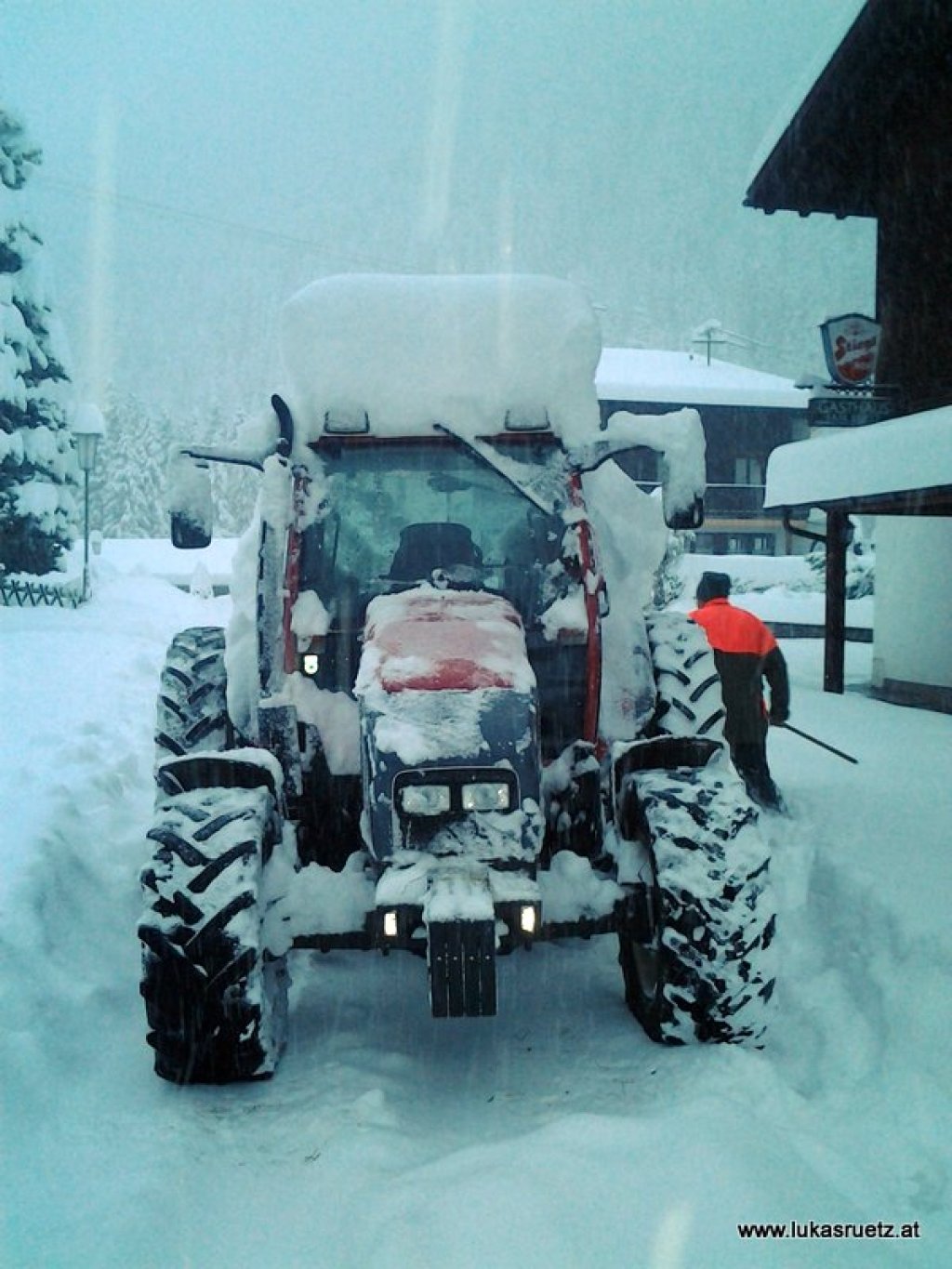
12 hours of fresh snow on October 11, 2013, Northern Stubai Alps.
12 hours of fresh snow on October 11, 2013, Northern Stubai Alps.
Photo gallery
This article has been automatically translated by DeepL with subsequent editing. If you notice any spelling or grammatical errors or if the translation has lost its meaning, please write an e-mail to the editors.
Show original (German)Related articles
-
PowderAlert 14 2017/18 | Retour d'Ullr in the southwest
Lars Oelmann • 01/05/2018Ullr apparently no longer does it under quasi-apocalyptic amounts of snow and so he ponders: Which corner of the Alps is not yet far above average in terms of the base? He comes to the conclusion: Ah, western Italy! I'll send a retour d'est and do a few meters there too. As the god of skiers, there was too much wind and the snow line was too high for alarm 13, so he tweaks these settings too and the next mega dump is ready. -
WeatherBlog 8 2017/18 | Alarm in the Alps, Alarm at the Great Lakes...
Lea Hartl • 01/02/2018Today and tomorrow will be extremely turbulent in the Alps with gale-force winds and heavy precipitation in the west and north. Also changeable at the weekend, with the current turning to the south. Also: spectacular lake-effect snowfall over the holidays in the USA! -
PowderAlert 13 2017/18 | The wild 13
Lars Oelmann • 12/31/2017As announced, the time has come. We're in the middle of the rollercoaster and heading for the megaloop. The Ullr is sending squadron after squadron of damp, mild and cool air from the west towards the Alps and it's rattling around. There is a ray of hope in terms of the snow line, because this time it should look better in the Alps than last time. So maybe less puking and more fun on our wild ride!
Comments
-
hTranslated from German.
